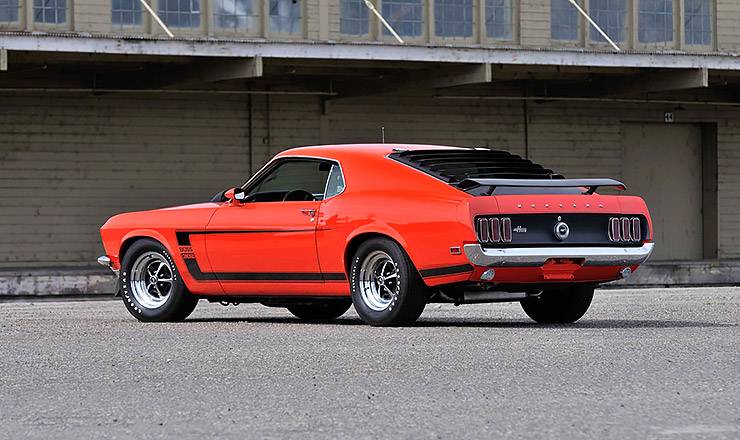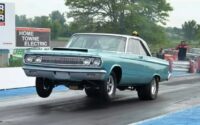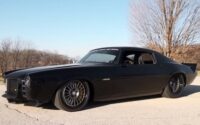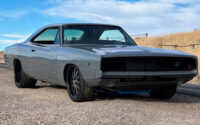A Legendary Battle Of American Muscle
When most Ford aficionados are asked with the question what their favorite Mustang is, the most likely answer almost always given will be The Boss.
The world we know of is abundant with conflicts, but when it comes to sheetmetal clashes, the Mustang vs. Camaro clash is as passionate as they come In 1964, Ford fired the first shot with a fancy little Falcon road car called the Mustang.Then Chevrolet countered with the Camaro, a car offering a whole lot more on what the Mustang pledged to deliver.
The feud carried over to the racetrack. In 1966 and 1967, the Mustang won the SCCA Trans-Am Sedan Championship, but in 1968, the amazing 302-cid V8-powered Z/28 Camaro took the title. Ford, on the other hand, did not stand idly by and watch its prized steed be ruined. A 302-cubic-inch engine for passenger cars and a tunnel-port version for Trans-Am racers were already in the works..

The Cleveland four-barrel heads appeared to be a good fit for the tunnel-port short-block. However, Ford needed to construct 1000 production cars with the package in order to qualify for competition with this monstrous Mustang with high-performance handling qualities. The street Boss was born in 1969.
The heart of the Boss was a high-performance V8 that produced more over 300 horsepower at 7000 rpm in street tune (legally rated at 290 horsepower and protected by an engine-saving rev-limiter). It had a close-ratio four-speed transmission and a 3.50:1 gear ratio nine-inch rear differential. The Boss could sprint from zero to sixty miles per hour in 6.9 seconds and run the quarter mile in the mid-14s. Stiffer springs and shocks, as well as front shock tower supports, were used in the suspension of the Boss 302.
The car even included a quick-ratio steering box and a robust front anti-sway bar. Later models got rear anti-sway bars. Meaty Goodyear F60X15 Polyglas tires wrapped the 15-inch 500 wheels with bright running horse center caps. The front fender lips had to be chopped and rolled for clearance because the tires were substantially larger than typical tread. The Boss 302 was widely regarded as the best-handling Mustang ever, according to enthusiast magazines. Larry Shinoda, who also designed the magnificent 1963 Corvette Stingray and the Z/28 Camaro, was tasked with giving the Boss 302 its aggressive Trans-Am racer style. Because Ford wanted to offer the Mustang a new, more aerodynamic design for 1969, the Boss’s identity was starting to make sense.
The sports roof body style was stripped of all clutter, including side scoops and medallions. A swooping, reflective “Boss 302” graphic replaced it, along with a black hood, back decklid, and rear panel. A front spoiler was included as standard equipment (window louvers called sport slats were optional, as were rear spoilers).
Eventually, a renowned shaker hood was added, as well as more color options, but the car remained instantly recognizable as a Boss Mustang. Between 1969 and 1970, only about 9000 Boss 302 Mustangs were built.
In the video below you can see a rare pair of two 1969 Boss Mustangs built one right after the other.



